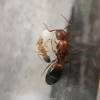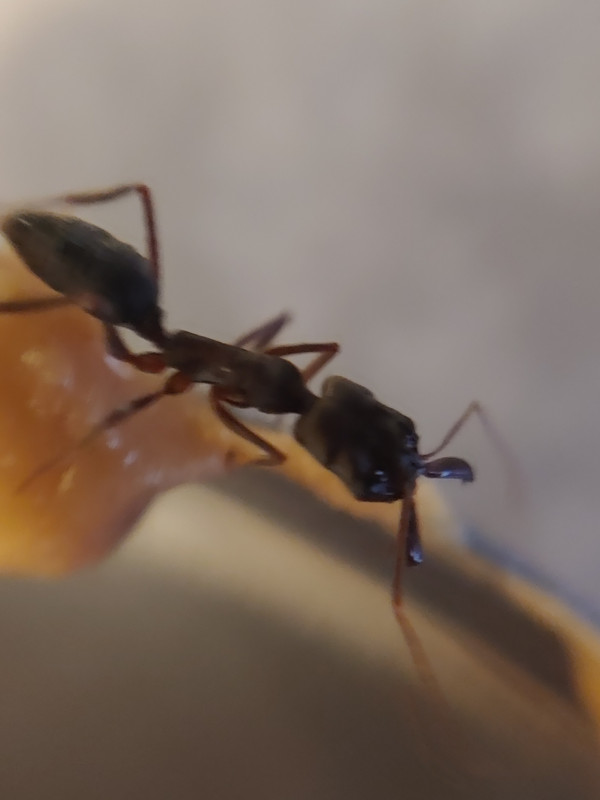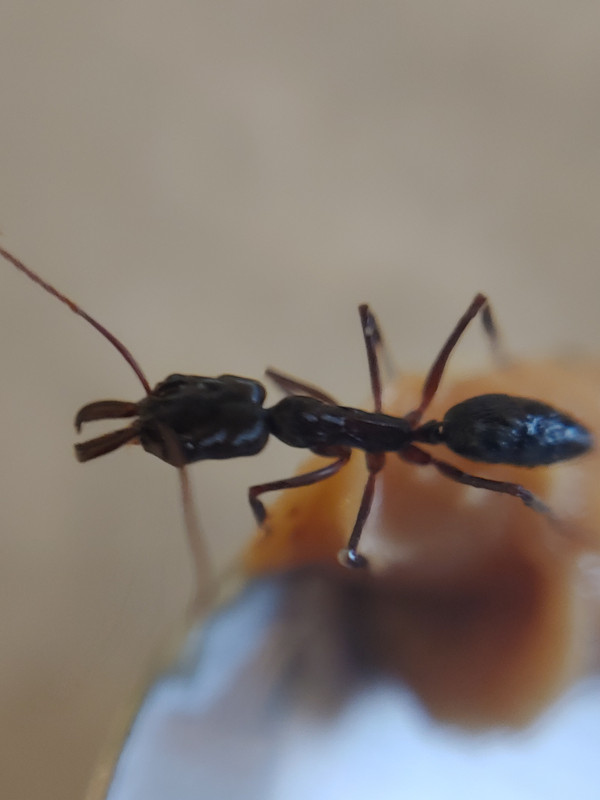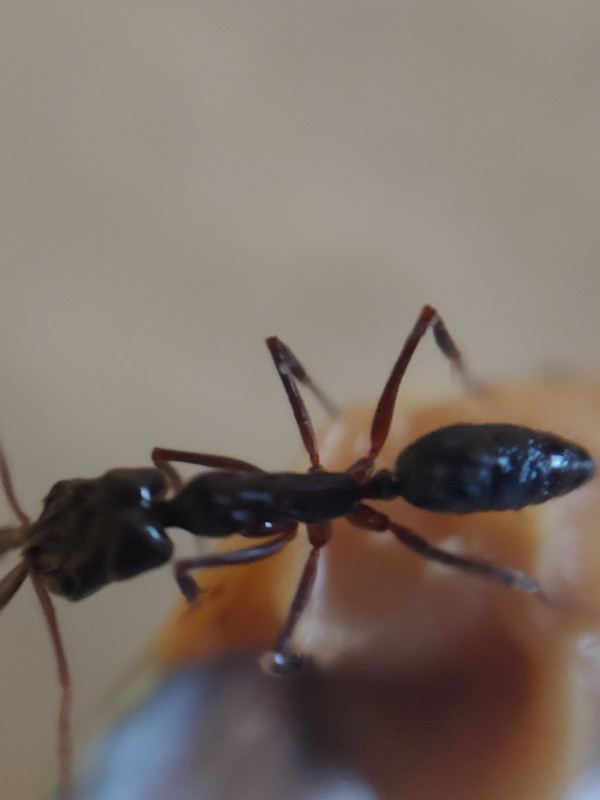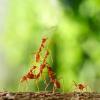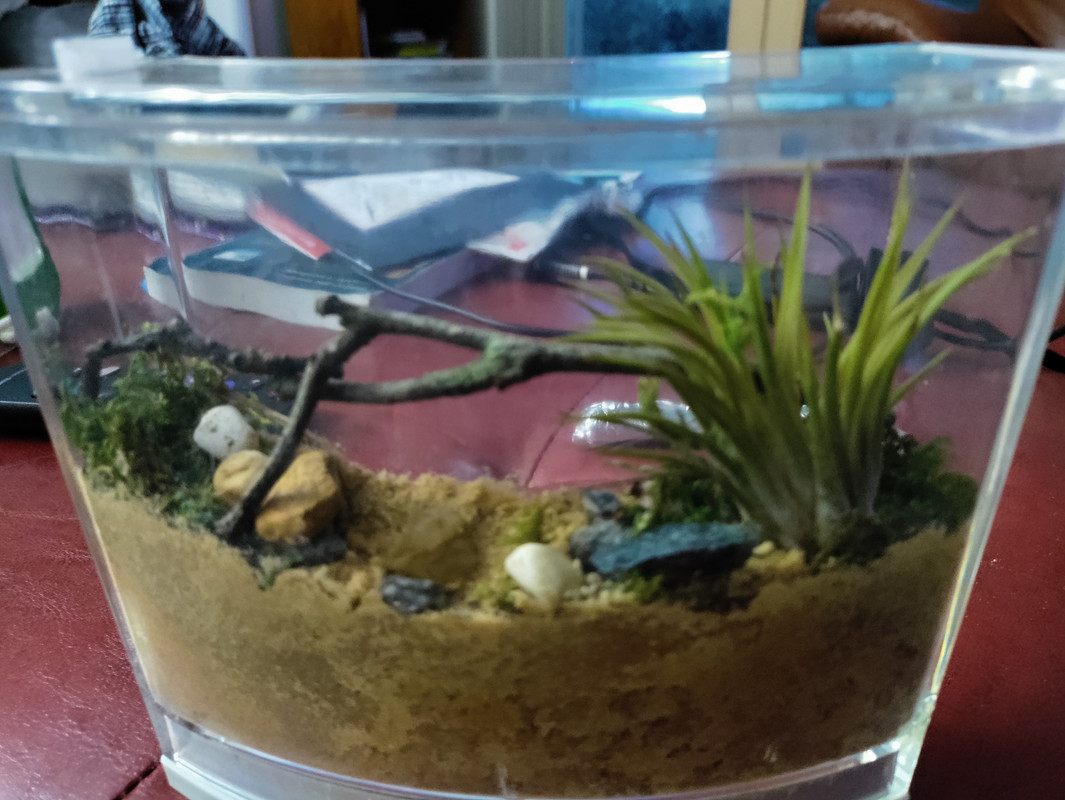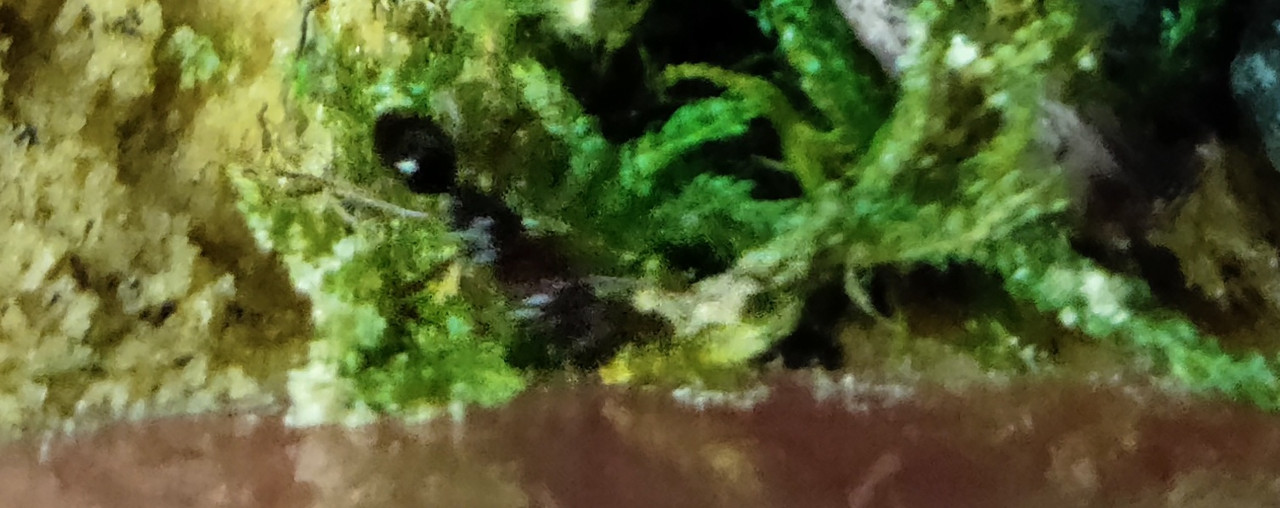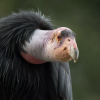- Formiculture.com
- Forums
- Gallery
- Members
- Member Map
- Chat
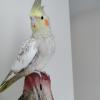
odontomachus haematodus journal the Firewings
Started By
JustabirdfromFlorida
, Jan 3 2023 2:02 PM
11 replies to this topic
#1
 Offline
-
Posted January 3 2023 - 2:02 PM
Offline
-
Posted January 3 2023 - 2:02 PM
I know I released my previous queen but this time I will actually try to raise this queen.
She is very active and already ate a drop of honey and a dead boiled RIFA male from yesterday's nuptial flights. Any tips of odontomachus haematodus.
She is very active and already ate a drop of honey and a dead boiled RIFA male from yesterday's nuptial flights. Any tips of odontomachus haematodus.
- FinWins likes this
#2
 Offline
-
Posted January 3 2023 - 2:56 PM
Offline
-
Posted January 3 2023 - 2:56 PM
#3
 Offline
-
Posted January 3 2023 - 11:15 PM
Offline
-
Posted January 3 2023 - 11:15 PM
Odontomachus,not my favourite any more.i mean they fly all year-round around here.i just caught another queen,at a far distance i thought it was a pheidole queen.
#4
 Offline
-
Posted January 4 2023 - 2:33 PM
Offline
-
Posted January 4 2023 - 2:33 PM
I built her a natural setup with some sand, rocks, plants, and twigs. She has happily dug underneath the air plant and started to found her colony.
#5
 Offline
-
Posted January 4 2023 - 2:50 PM
Offline
-
Posted January 4 2023 - 2:50 PM
#6
 Offline
-
Posted January 4 2023 - 2:52 PM
Offline
-
Posted January 4 2023 - 2:52 PM
#7
 Offline
-
Posted January 4 2023 - 5:37 PM
Offline
-
Posted January 4 2023 - 5:37 PM
Naturalistic is probably the way to go however it’s very hard to observe how the queen is doing and she may not find the ideal spot for her to dig her chamber. Some people do tub and test tube. Test tube can work as well however you run the risk of larva to pupae failure
#8
 Offline
-
Posted January 4 2023 - 5:38 PM
Offline
-
Posted January 4 2023 - 5:38 PM
Once they get going and they need huge protein requirements
But they grow very fast if ideal conditions. My colony has grown to 1000+ in a span of one year
But they grow very fast if ideal conditions. My colony has grown to 1000+ in a span of one year
#9
 Offline
-
Posted January 5 2023 - 5:01 AM
Offline
-
Posted January 5 2023 - 5:01 AM
I am starting to think she is Odontomachus ruginodis because of her bright red head.
#10
 Offline
-
Posted January 5 2023 - 10:36 AM
Offline
-
Posted January 5 2023 - 10:36 AM
I am starting to think she is Odontomachus ruginodis because of her bright red head.
O. haematodus are more common in my part of Florida, however I do know they can be found in other areas as well
#11
 Offline
-
Posted January 5 2023 - 9:07 PM
Offline
-
Posted January 5 2023 - 9:07 PM
They need to be kept really humid or they start dying quickly.
I keep: Brachymyrmex patagonicus, Camponotus sansabeanus, Crematogaster sp., Formica argentea, Myrmecocystus mexicanus, 2x Pogonomyrmex californicus, Pogonomyrmex rugosus, Solenopsis molesta
#12
 Offline
-
Posted January 6 2023 - 8:18 AM
Offline
-
Posted January 6 2023 - 8:18 AM
I added two callow workers dipped in vinegar to her habitat. She came out,met them, and then she dragged them under the air plant. I checked underneath the plant and they were all sitting to gather.
1 user(s) are reading this topic
0 members, 1 guests, 0 anonymous users


